Too many startups are missing a key step between product market fit and scaling, says Tae Hea Nahm. The secret to thriving is a repeatable process for finding and winning the same type of customers and this is the formula for unlocking growth
As a partner at Storm Ventures, I’ve been involved with the investment in more than 200 startups over 20 years. Being an applied math major, I can’t help but look at each startup and try to spot patterns of success and failure.
I’ve observed one major challenge not identified by the popular startup literature.
Lots is written about the importance of finding product market fit (PMF) efficiently (lean startup, minimum viable product) and the importance of rapid scaling (blitzscaling). Both are important. However, my colleagues and I saw many B2B companies fail to scale after finding product market fit (PMF), despite making significant investments in sales and marketing and having happy customers. We realised that these companies missed a key step between PMF and scaling. I call it Go-to-market fit (GTMF).
What is go-to-market fit?
GTMF is a repeatable process for finding and winning the same type of customers and it is the formula for unlocking growth. GTMF has the added benefit of unlocking capital because investors love investing in high growth companies.
How to find it
Finding GTMF resembles the transition from paddling to surfing. You feel momentum, tire less and go further.

Prior to GTMF, the paddler works hard to go a short distance. Similarly the company is burning a lot of cash for minimal growth. After GTMF, the surfer rides the wave effortlessly.
I developed this analogy with my colleague who loves to surf (and shown in the above photo). Surfing has three steps: catching the wave, riding the wave and having the right surfboard. Similarly, finding GTMF has the same three elements:
Catch the wave: Line up with the urgent pain for your ideal customers. This should generate a lot of leads, who want to buy right now.
Ride the wave: Create a repeatable GTM playbook leveraging the ‘wow factor’ to find and win the same type of customers. This repeatability should drive predictable and scalable conversion.
Personalised surfboard: Construct the GTM model customised for your team and market, going for the ultimate customer experience. B2B customers generally want to look good for minimal work.
Let’s break them down.
1 Catch the wave
In surfing, the way to catch a wave is to identify the peak, paddle over to it and line yourself with the peak. For startups, the peak is an urgent pain. An ‘urgent pain’ is not any pain point. It is what causes customers to buy now not six or 12 months from now.
Many times, the urgent pain is different from the founding idea. Getting founders to pivot from their founding idea to the real urgent pain in the market is viewed as heresy. After all, the founding idea is fundamental to any startup. It is the reason why the founders left successful jobs, why others joined the company, why early investors invested.
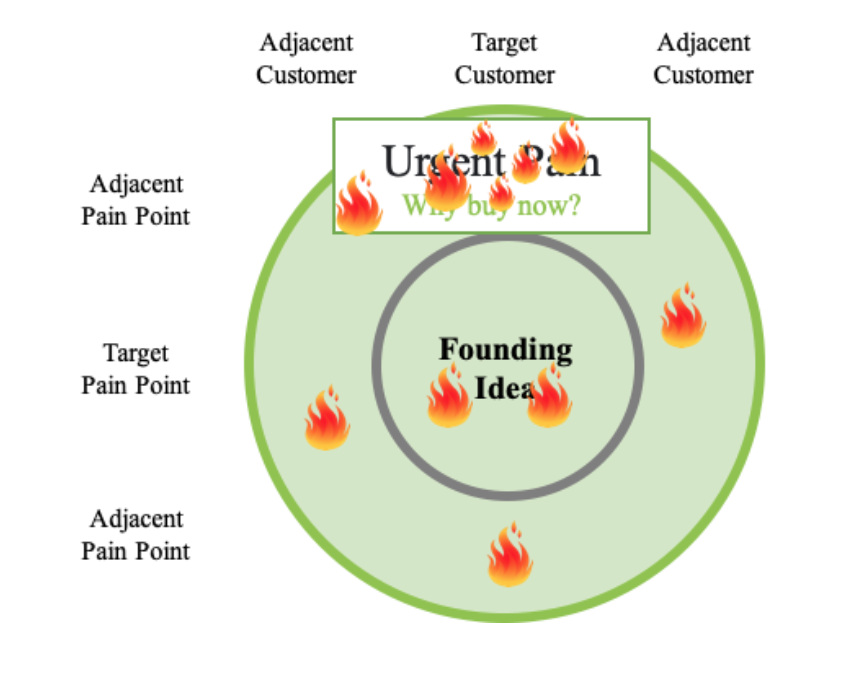
To overcome this ‘founder heresy’, the company should cast a net wider than the founding idea by gathering data from adjacent pain points and target customers.
A company should draw data from the last 20 deals. Who bought? Why did it convert or not? Why did it close fast or stall? Why now? What drove inbound leads (search terms, content, community)? Only data can convince a founder to pivot.
Catching the wave feels like the surfer is in the right place at the right time. Catching the wave should generate a lot of leads. Not just any leads, but urgent leads, who want to buy right now.
Lots of leads is necessary but not sufficient to unlock growth. The company needs to qualify and nurture them, and then convert them at scale. Like a surfer, they must ride the wave.
2 Ride the wave
My co-author Bob Tinker explained what a playbook is back in 2010 when he was CEO at MobileIron, and I was an investor and board member: ‘GTM Playbook is not just a good sales pitch or a good set of PowerPoints with some sales techniques. It’s not a 30 or 50 page bible, which no one reads. And it’s not only for the CEO, the executives or the Board. A go-to-market playbook is the operating system for the entire Go-To-Market.’
What Bob meant is that it has to fit on a white board. Or it should fit onto one piece of paper, at most two. Any new sales and marketing employee should be able to pick it up and easily understand it. Below is MobileIron’s GTM Playbook:
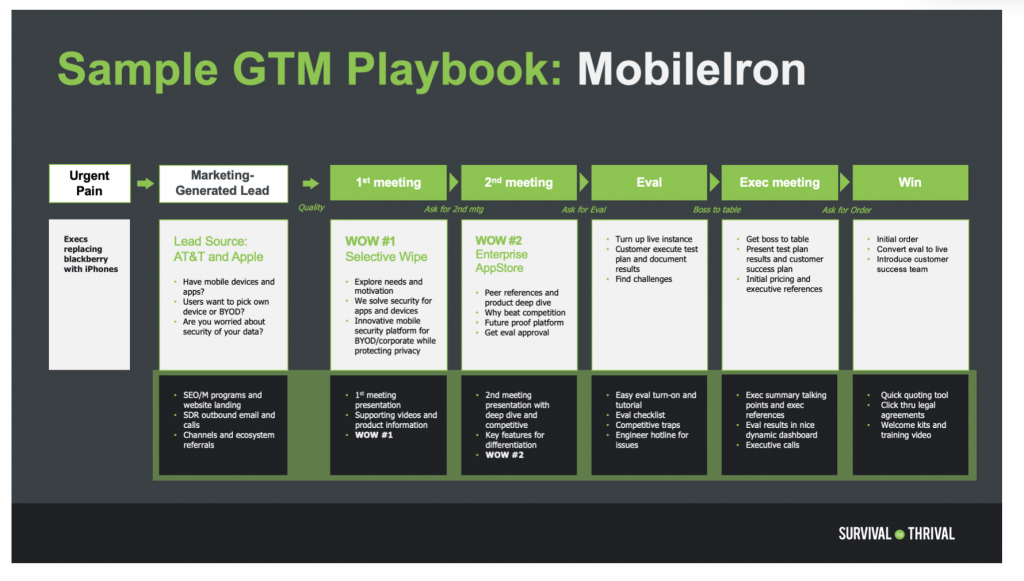
The GTM playbook has two critical elements: (1) customer journey and (2) ‘wow’.
The customer journey underlines the GTM playbook. The customer journey for MobileIron is the top row of the GTM playbook.
The customer journey is not the forecasting stages or the
sales stages already programmed in the CRM software. It should not reflect your
selling process but rather the customer’s buying process. The customer journey
doesn’t end with just more sales or 100% customer penetration, but making your
customer into a hero within their organisation or role. Below is a typical
customer journey:
awareness
→ evaluation → buy (land) → onboard → value → expand (upsell, renew) → hero
Chandar Pattabhiram (former CMO of Marketo and CMO of Coupa) suggests celebrating these heroes, as crusaders of change in their companies (and not merely showcasing success with your product). Such celebration would help energise your tribe of early believers into a passionate community. Thought leadership (ie, teaching your tribe to become heroes) can also help energise your tribe.
When reviewing a GTM playbook as a board member, I ask: ‘What is the “wow”?’
This is something that causes the potential customer to move to the next stage of the customer journey (such as, inviting a colleague or boss to see the demo, triggering the next meeting, or trying/evaluating the product). It could be one product feature, one report, the pricing, easy deployment, etc. The wow is determined by the customer not by the product team.
For MobileIron, the ‘wow’ was a function called selective wipe – the ability for IT to wipe all corporate content off an employee’s phone while leaving personal data, like photos, apps and contacts. The irony is that the MobileIron product team didn’t think selective wipe was a big deal because it was easy to do in comparison to the other impressive features. But the IT managers (the potential customers) were excited because manually wiping their employees’ phones was a lot of work.
‘Riding the wave’ with a repeatable playbook is a huge accomplishment! This repeatability should drive predictable and scalable growth. Investors can then easily estimate the growth for every additional dollar invested in sales and marketing and can calculate new revenues (or net new ARR)/S&M expense.
For the modelling folks, the key metric for riding the wave is pipeline conversion. If the GTM playbook includes quota carrying sales reps, the pipeline conversion is evaluated separately for each rep — resulting in a different metric, sales attainment (how many sales reps beat the quota).
We have discussed several GTM concepts: U urgent pain, ideal customer profile, playbook, wow, hero customer journey, thought leadership, passionate community. These concepts appear like a cacophony to some founders. The question becomes how to put these together into one coherent GTM model customised for you.
3 Personalised surfboard
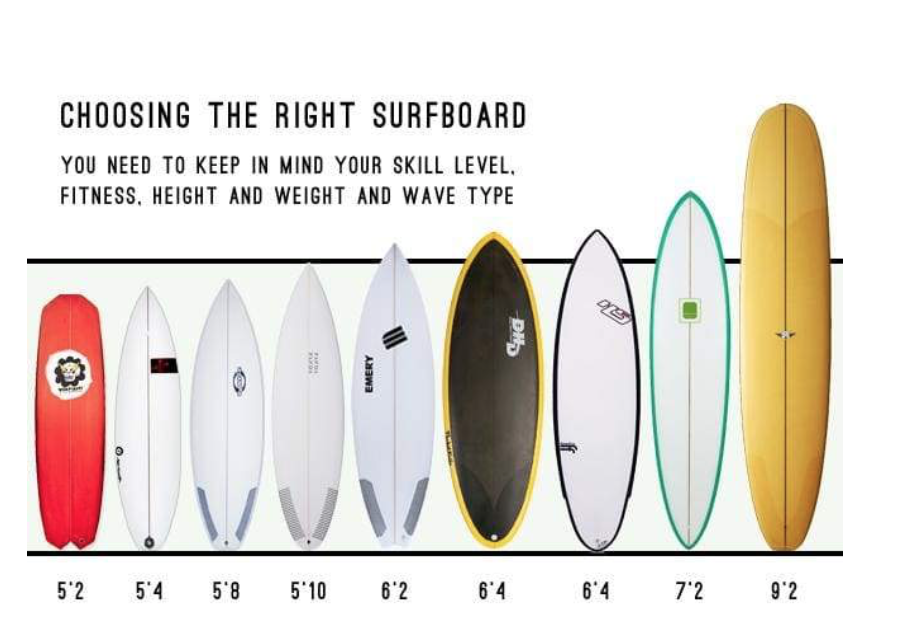
According to SurfNation: ‘Choosing the right surfboard is one of the most, if not the most, important purchasing decision you’ll make when it comes to an enjoyable wave ride.’
Similarly, the GTM model should fit the team and market, while delivering the ultimate customer experience.
I use this GTM framework for putting the GTM pieces together:

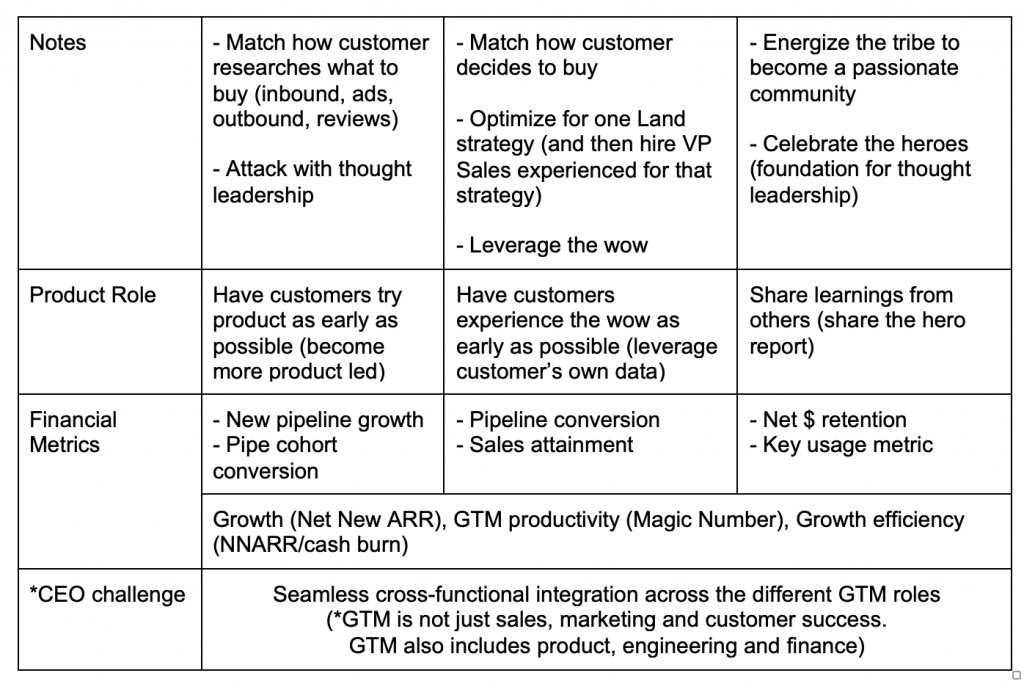
One fundamental challenge to building and executing any GTM model is that GTM is a true cross functional activity. No one function (Sales, Marketing, Customer Success, Product, Engineering and Finance) is responsible for GTM. They must all work seamlessly together toward one goal (unlocking growth) within financial constraints. Cross functional activities are difficult, because each function naturally wants to work as a silo. This requires a strong GTM-focussed CEO to align and drive all the functions to unlock growth. This is a natural role for a startup CEO since the entire company is the product. Having a GTM czar becomes a bigger problem for multi-product companies, because the new product does not have a GTM leader resembling the CEO of an early stage startup. GTM Fit is a critical step to unlocking growth and unlocking capital. Finding GTMF is difficult, because it is a true cross functional challenge and may require founder heresy. Based on our experience the three-step surfing analogy works.
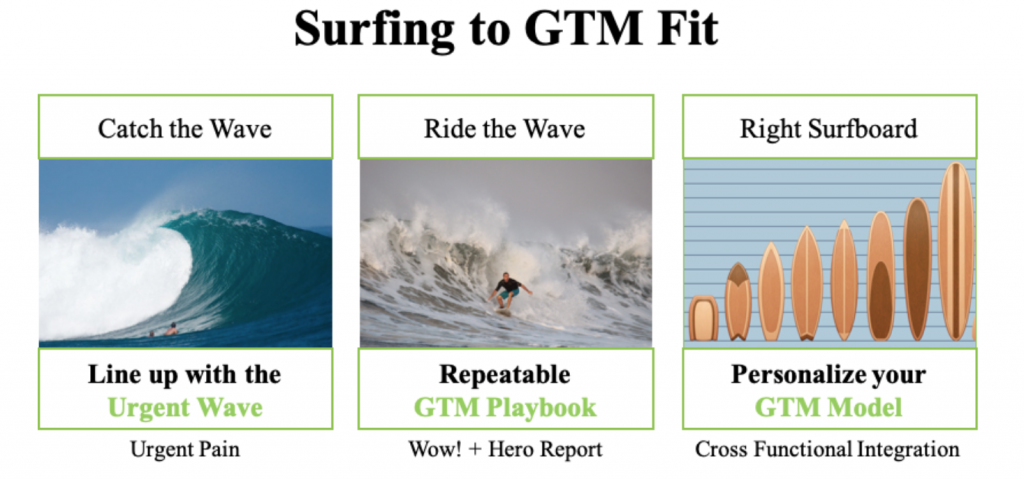
Tae Hea Nahm is co-founding MD of Storm Ventures, investing in early stage tech startups all over the world. He is author of the book series Survival to Thrival: Building the Enterprise Startup



